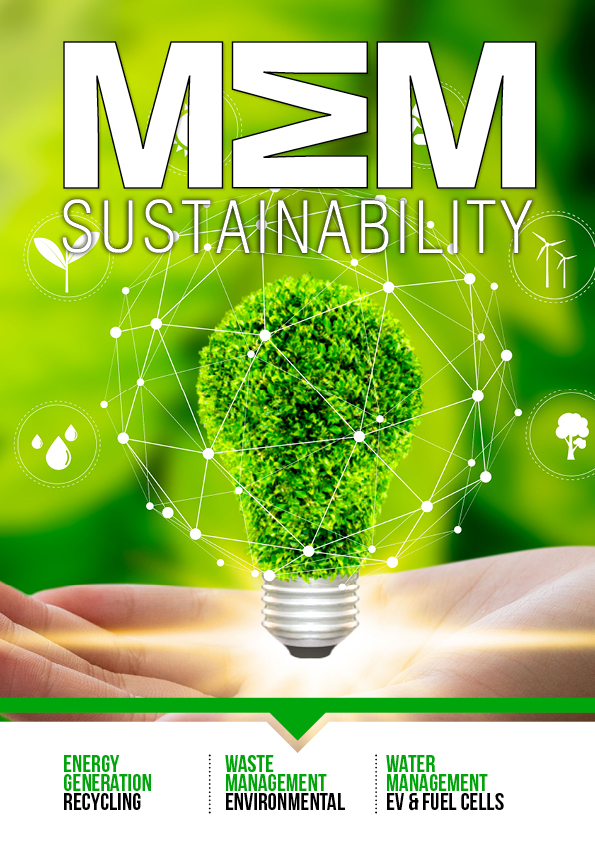Research has been published which show that by focusing entirely on vehicle tailpipe emissions in order to monitor the impact on the environment by vehicles has meant that there has been a significant unpredicted outcome.
Work has been carried out by Cranfield University Sustainable Manufacturing Systems Centre in order to explore the effects of the actions taken by the automotive industry to reduce fuel use and CO2 emissions. In order to become more sustainable, the automotive industry has been directed towards using lightweight aluminium as part of the vehicle manufacturing process. Because of this it has been discovered that a larger environmental impact is taking place.
It is thought that a standard car manufactured with an aluminium engine would need to be driven between 185,000km and 560,000km before any environmental benefits would be felt from their lowered fuel use. When the average life expectancy of motor vehicles is around the 210,000km point, it is safe to say that there is little or no environmental benefit from manufacturing engines from aluminium.
In reaction to the results of the research that has been carried out, an energy labelling system is being called for like to ones placed on white goods, homes and buildings in order to simply give rating for the sustainability for vehicles. It is also believed that more needs to be done to change the legislation around manufacturing more environmentally friendly vehicles, because, as seen with the manufacturing of aluminium engines, the narrow and perhaps even unexplored view at the moment is having more of a negative impact than a positive one. The legislation promotes the use of low density vehicles, however appears to not consider the whole process of vehicle manufacture and any impacts on the environment from the process as well as the materials used.
















